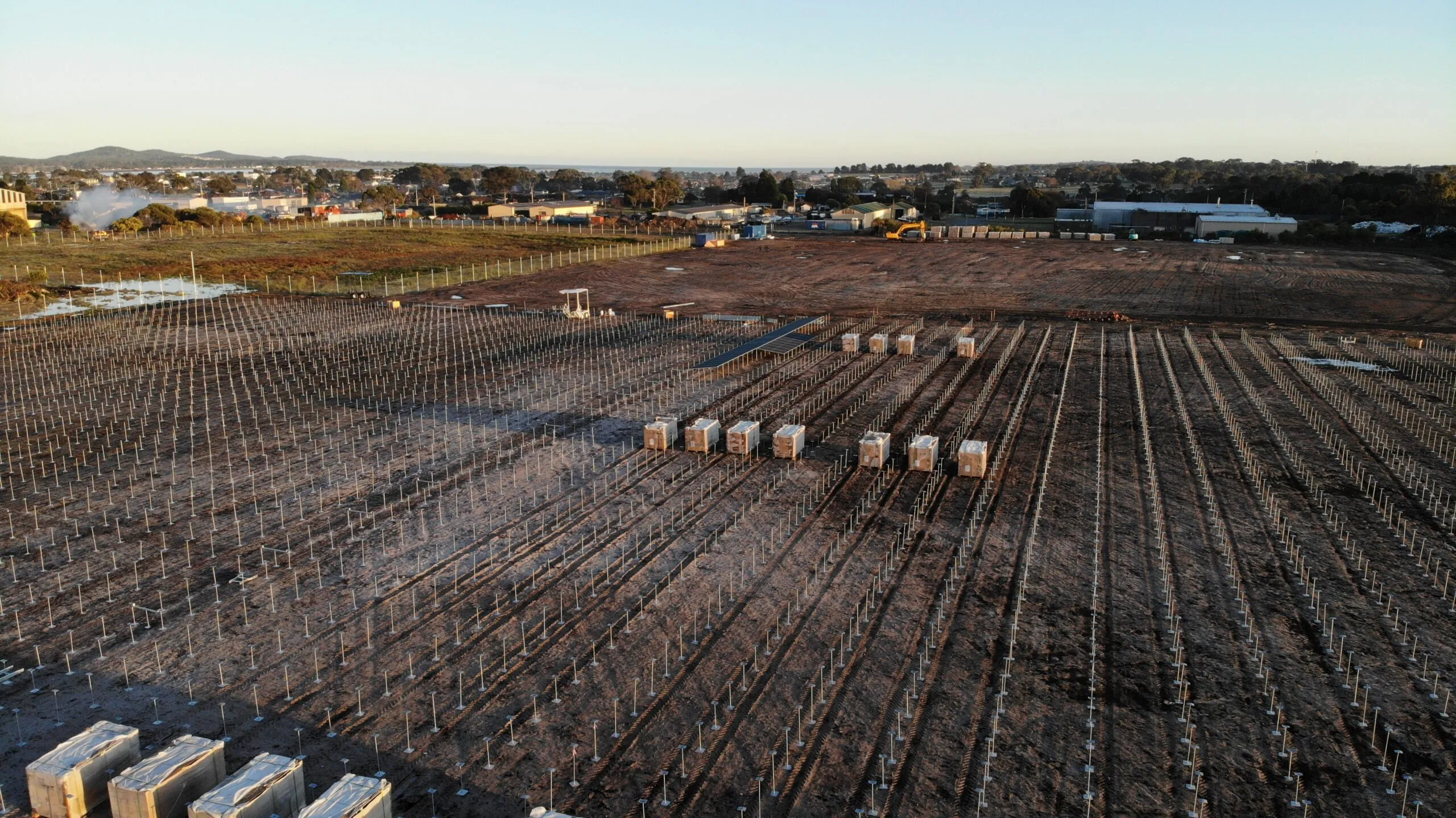Services
Mandate to deliver and enable renewable energy projects that provide environmental, social and financial benefits
Climate Capital invests in renewable projects around Australia. We build, own and operate solar, wind, hydro and energy storage projects which are behind-the-meter or present the ability to contract electricity off-take with a corporate counterparty; are 1 – 100MW in capacity; and offer sector and geographic diversification to Climate Capital’s existing portfolio.

How we create value for energy partners
Energy Users
We undertake detailed analysis of your site, electrical load and operational profile (current and future) to provide a tailored, low cost, off-balance sheet and certified renewable electricity solution. This will reduce your Scope 2 and Scope 3 greenhouse gas (GHG) emissions and reducing operating expenses with no capital cost to you.
Project Developers
We design, fund, project manage and operate behind-the-meter and front of meter energy generation via a direct or partnership model, and by supplementing and supporting your existing capabilities with our established expertise.
Investors
We source, build and operate renewable energy assets on your behalf, to drive the transition to a more sustainable economy.

Introducing CCREAT
Climate Capital Renewable Energy Assets Trust
Managed by Climate Capital, CCREAT provides investors with long-term sustainable income and capital growth from a portfolio of industrial and commercial scale renewable energy generation and storage assets.
CCREAT builds, owns and operates assets that:
- Provide businesses with long-term, sustainably priced renewable energy
- Have stable and contracted revenue streams, providing investors with improved certainty of long-term earnings
- Generate and store renewable energy
- Deploy leading edge, proven technology

FAQs
What Is behind-the-meter?
Behind-the-meter (BTM) energy refers to electricity that is generated and supplied directly to an energy user from on-site or nearby energy generation and storage systems, rather than being drawn from the broader electricity grid. This approach significantly reduces costs as it avoids network tariffs and other charges associated with large-scale energy transmission and distribution.
What is dedicated energy?
Dedicated energy refers to energy generation, storage, and management solutions that are specifically designed to optimise supply for a single user or business, rather than feeding directly into the public grid. This user-centric approach ensures that energy systems are built to maximise value for the business, aligning with their operational needs, sustainability targets, and financial objectives.
What is distributed energy?
Distributed energy refers to electricity that is generated, stored, and used across multiple sites rather than relying solely on centralised power plants. Businesses with multiple locations such as processing hubs, depots, or branch offices, can optimise energy use by deploying localised energy generation at each site, interconnected by a coordinated network.
What is certified renewable energy?
Certified renewable energy refers to electricity that meets recognised environmental standards, ensuring it is generated from renewable sources such as solar, wind, or hydro. Certification schemes, governed by national and international regulatory bodies, verify that the energy businesses consume aligns with sustainability objectives, carbon reduction commitments, and regulatory requirements.
When a business pays for energy, what is that cost comprised of?
The cost of energy for businesses is made up of several components beyond just the price of electricity generation. These include:
• Generation costs – The cost of producing electricity, whether from renewable or non-renewable sources.
• Transmission and distribution charges – Fees for transporting electricity across high-voltage transmission lines and local distribution networks.
• Network tariffs – Costs associated with maintaining grid infrastructure and ensuring reliable power delivery.
• Regulatory and market charges – Fees imposed by government bodies and energy market operators for grid management, environmental programs, and compliance requirements.
Isn’t solar only good in sunny places?
While solar power performs exceptionally well in high-sunlight regions, it remains a highly effective energy solution even in areas with lower solar exposure. Advances in solar technology, such as high-efficiency panels and smart energy storage systems, allow businesses to generate substantial renewable energy in a wide range of climates.

